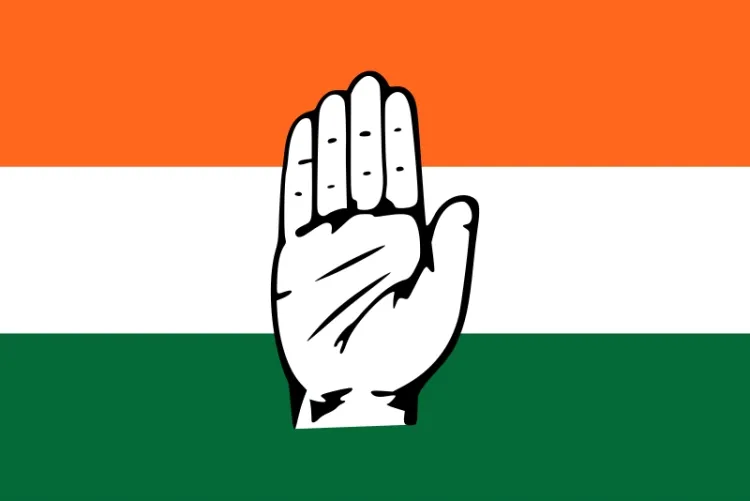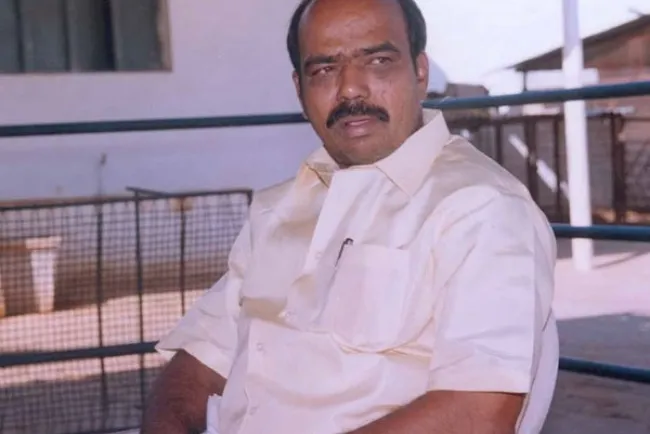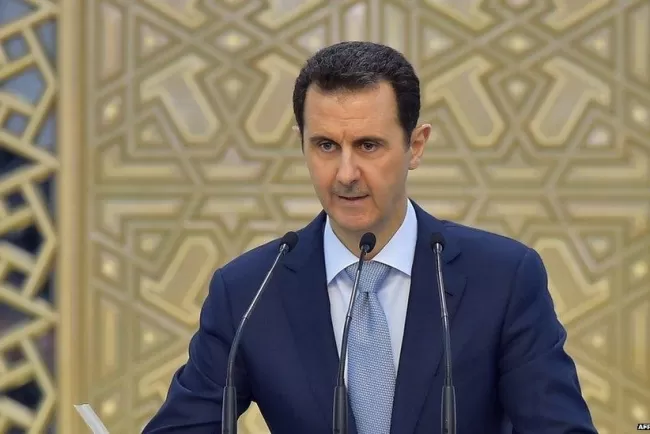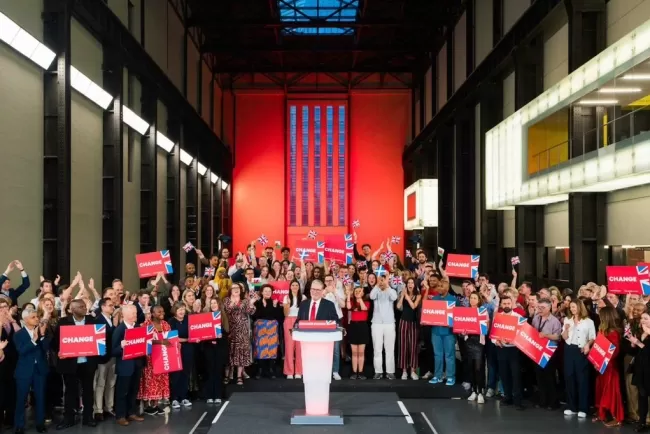The Legacy and Evolution of the Indian National Congress: From Independence to Modern Challenges...!!!
The Indian National Congress (INC), commonly known as the Congress, is among India's oldest and most influential political parties. Founded in 1885, the party played a pivotal role in the Indian independence movement against British colonial rule. The Congress's rich history is characterized by its efforts to advance social justice, economic development, and national unity.

Historical Background
The Indian National Congress was established by A.O. Hume, a retired British civil servant, along with notable Indian leaders like Dadabhai Naoroji and Dinshaw Wacha. Initially, the party aimed to create a dialogue between the educated Indian elite and the British colonial authorities. Over time, the Congress evolved into a mass movement advocating for self-governance and independence.
Under the leadership of prominent figures such as Mahatma Gandhi, Jawaharlal Nehru, and Sardar Vallabhbhai Patel, the Congress led various campaigns of civil disobedience and nonviolent resistance. These included the Non-Cooperation Movement (1920-1922), the Civil Disobedience Movement (1930-1934), and the Quit India Movement (1942). These efforts culminated in India achieving independence on August 15, 1947.
Ideological Foundation
Traditionally, the Congress has espoused a center-left ideology, promoting secularism, social justice, and economic development. The party's commitment to secularism is evident in its focus on maintaining religious harmony and protecting minority rights. Social justice remains a core principle, with the Congress advocating for policies aimed at reducing poverty, improving education, and ensuring equal opportunities for all citizens.
Economically, the Congress initially adopted a socialist approach, emphasizing state control and planning. This was evident in the establishment of the Planning Commission and the adoption of Five-Year Plans under Prime Minister Nehru. However, in the 1990s, under the leadership of Prime Minister P.V. Narasimha Rao and Finance Minister Manmohan Singh, the party embraced economic liberalization and market-oriented reforms.
Organizational Structure
The Congress is organized hierarchically, with a President at its helm. The President is elected by party members and supported by a Working Committee, the highest decision-making body. The party also has numerous state and district committees, reflecting its pan-Indian presence.
The Congress holds periodic sessions, such as the All India Congress Committee (AICC) and the Congress Working Committee (CWC) meetings, to discuss and formulate policies. These sessions provide a platform for party members to voice their opinions and contribute to the decision-making process.

Electoral Performance
The Congress has enjoyed significant electoral success, winning numerous national and state elections since independence. The party has formed the central government multiple times, with leaders like Jawaharlal Nehru, Indira Gandhi, Rajiv Gandhi, P.V. Narasimha Rao, and Manmohan Singh serving as Prime Ministers.
However, the party has also faced periods of decline, particularly in the late 1970s and early 1990s. Factors such as internal factionalism, allegations of corruption, and changing political dynamics have contributed to these challenges. Despite these setbacks, the Congress remains a major political force in India.
Challenges and Criticisms
The Congress has faced various challenges and criticisms over the years. Some key issues include:
-
Internal Factionalism: The party has experienced internal divisions and power struggles, affecting its unity and effectiveness.
-
Dynastic Politics: The leadership of the Congress has often been criticized for being dominated by the Nehru-Gandhi family, raising concerns about nepotism and the lack of internal democracy.
-
Corruption: The party has been embroiled in several corruption scandals, leading to a loss of public trust and credibility.
-
Electoral Decline: In recent years, the Congress has struggled to maintain its electoral dominance, facing stiff competition from regional parties and the Bharatiya Janata Party (BJP).
Future Prospects
The Congress continues to play a crucial role in Indian politics, advocating for policies aimed at social justice, economic development, and national unity. The party's future prospects depend on its ability to address internal challenges, regain public trust, and adapt to the evolving political landscape.
Efforts to revitalize the party have included promoting younger leaders, enhancing grassroots engagement, and developing a cohesive policy agenda. The Congress's commitment to secularism, social justice, and inclusive development remains central to its vision for India.
The Indian National Congress has been a pivotal force in shaping India's political landscape. Its contributions to the independence movement, commitment to social justice, and efforts to promote national unity have left an indelible mark on the nation's history. As the party navigates contemporary challenges, its role in India's democratic fabric continues to be of immense significance.
What's Your Reaction?

















